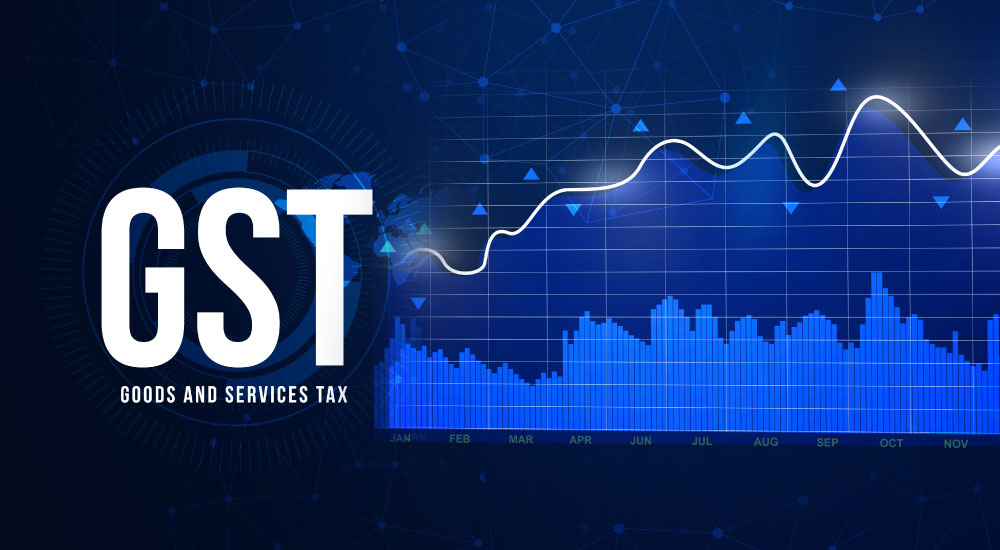The Goods and Services Tax (GST) in India has undergone its biggest overhaul since its 2017 launch. In the 56th GST Council meeting, the government approved a simplified structure, reducing the old multi-tier system (0%, 5%, 12%, 18%, and 28%) to just two main slabs—5% and 18%—plus a 40% “sin & luxury” slab for select items.
This reform takes effect from September 22, 2025, aiming to reduce household costs, boost consumption, and simplify compliance for businesses.
What’s changing?
Essentials & FMCG (Nil or 5%)
- Pre-packaged paneer, UHT milk, rotis, paranthas
- Life-saving medicines (33 existing + 3 new cancer/rare disease drugs)
- Individual life and health insurance policies
5% GST (Earlier 12%/18%)
- Butter, ghee, cheese, condensed milk
- Bhujia, namkeen, potato chips
- Packaged juices, ketchup, jam, mayonnaise
- Pasta, noodles, corn flakes, confectionery
- Shampoos, soaps, toothpaste, toothbrushes
- Bicycles, kitchen utensils, tableware
- Agricultural machinery & bio-pesticides
- Medical devices (thermometers, glucometers, oxygen, spectacles)
Impact: Daily groceries, personal care, and household essentials get significantly cheaper.
Consumer Durables & Automobiles (18%)
- Air conditioners, televisions, refrigerators
- Small cars (≤1200cc petrol/≤1500cc diesel)
- Entry-level bikes (≤350cc)
- Cement, auto parts, buses, trucks, ambulances
- Apparel above ₹2,500
Impact: Big-ticket purchases now fall under the 18% slab, down from 28%, making upgrades more affordable.
Luxury & Demerit Goods (40%)
- Carbonated & caffeinated beverages
- Mid-size and luxury cars (above small car category)
- Tobacco products, gutkha, pan masala, cigarettes (rates maintained under new 40% slab)
Impact: Premium items remain costly, ensuring higher taxation on non-essentials and demerit goods.
Why this matters?
For Households
- Lower grocery bills: Essentials and FMCG items taxed at 5% or nil.
- Cheaper upgrades: Cars, ACs, TVs, and cement now at 18%.
- Health & protection at zero tax: Insurance and critical medicines exempt.
For Businesses
- Simpler compliance: Only two main slabs to manage.
- Boost in demand: Affordable pricing can fuel sales volumes.
- Competitiveness in exports: Lower logistics and input costs enhance global trade opportunities.
Key Benefits of GST Revamp
-
Savings for families: Reduced taxes on essentials leave more disposable income.
-
Growth for industries: Increased demand drives production, supporting job creation.
-
Simplification for compliance: Managing only two main GST slabs makes tax filing easier.
-
Balanced taxation: Everyday items are affordable, while luxuries and demerit goods remain highly taxed.
Bottom Line
India’s new GST structure—5%, 18%, and 40%—strikes a balance between consumer affordability and government revenue needs. Essentials and durables are cheaper, insurance and medicines are tax-free, and luxury items face higher taxation.
With these changes taking effect from September 22, 2025, just ahead of the festive season, households and businesses can expect a meaningful boost in purchasing power and operational ease.











